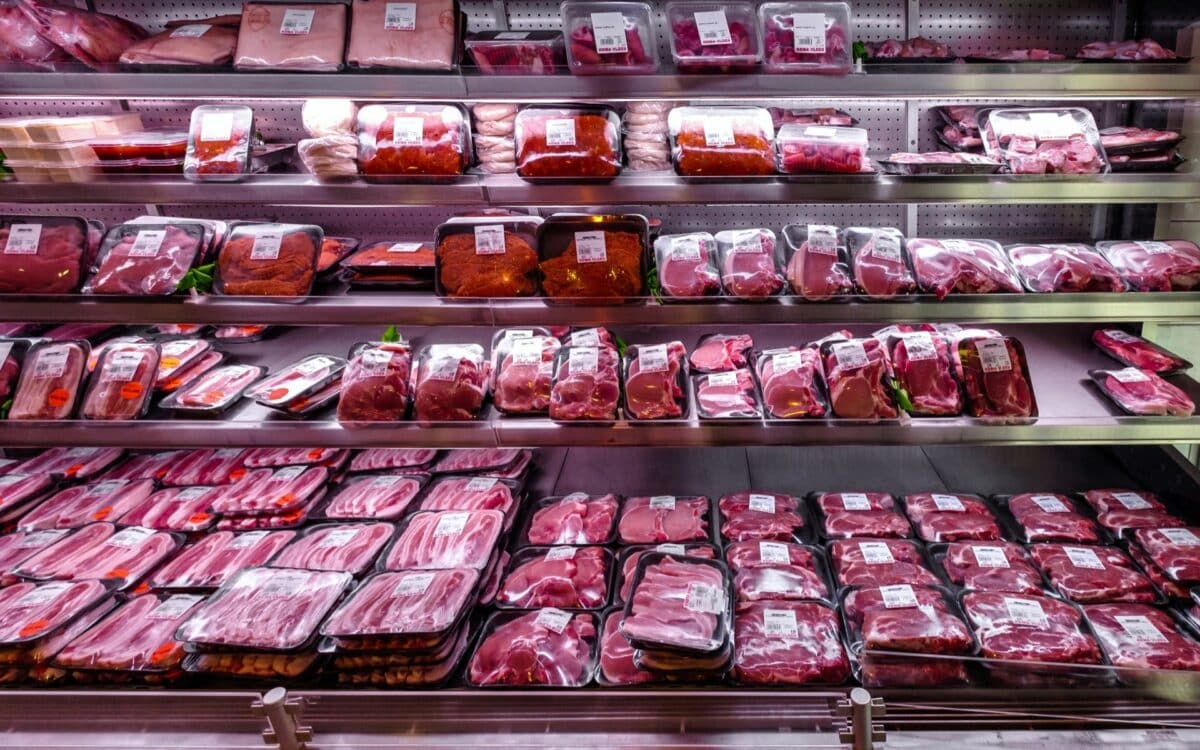Recent floods in Queensland’s outback have caused extensive livestock losses, with over 100,000 cattle, sheep, and goats reported as killed or missing. This event has raised concerns about a potential surge in meat prices, echoing the effects of similar disasters in the past.
The Queensland government has warned that the numbers may continue to rise as heavy rains persist. According to experts, such devastating losses could lead to price increases similar to those experienced after the 2019 floods, which saw meat prices rise significantly.
Sources, including 9news, have highlighted the ongoing impact of this weather emergency.
What Caused the Livestock Losses?
The floods have devastated farms in Queensland’s western regions, with farmers reporting severe losses of cattle, sheep, and goats. This weather emergency has left many farmers facing an uncertain future, as they grapple with the loss of their livestock and the long-term consequences for their businesses.
The impacts of the floods are already being felt throughout the supply chain, as disruptions to transportation and processing facilities add to the challenges. The extensive loss of livestock is causing significant strain on the availability of meat products in the region.
According to experts, including Professor Colin Dwyer from James Cook University, the situation mirrors the catastrophic flooding of 2019. That year, nearly 600,000 livestock were lost in the floods, which led to a sharp increase in meat prices over the following year.
With similar conditions in place, the pressure on prices is expected to be significant once again. As the floods continue, the full extent of the damage to the industry and its long-term effects on meat prices remain uncertain.
Impact on the Price of Meat
Meat prices are expected to rise as a result of the livestock losses and logistical challenges caused by the floods.
All the pressures are in place to see an increase in price … we need the ACCC to keep an eye on this to ensure there is no unnecessary price increase – said Professor Colin Dwyer.
Beyond the loss of livestock, disruptions to road haulage and the financial strain on workers in the cattle industry add to the pressures on meat prices.
However, experts have also noted that the impact may not be as severe for consumers as initially feared. Much of the lost livestock was intended for export markets, particularly high-quality beef.
Most of the beef is high quality and heads to export markets,
said Professor John Rolfe, of Central Queensland University. This could help reduce the overall pressure on domestic prices.






